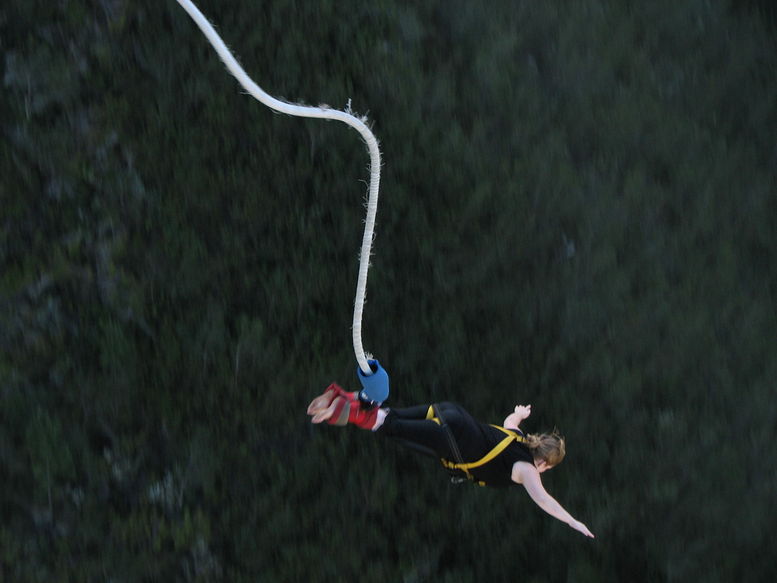Demonstration: Bungee Jumping
From Classes
(Difference between revisions)
HelmutKnaust (Talk | contribs) (Created page with "600px The following second order non-linear differential equation models a bungee jump: <math>m y''(t) + m g + b(y(t)) + \beta y'(t) = 0.</math> ...") |
HelmutKnaust (Talk | contribs) |
||
| (14 intermediate revisions by one user not shown) | |||
| Line 1: | Line 1: | ||
| − | [[image:bungee_photo.jpg| | + | [[image:bungee_photo.jpg|777px]] |
| − | |||
| − | |||
| − | + | <html><script type="text/javascript" src="http://www.wolfram.com/cdf-player/plugin/v2.1/cdfplugin.js"></script> | |
| − | + | ||
| − | + | ||
| − | + | ||
| − | + | ||
| − | + | ||
| − | + | ||
| − | + | ||
| − | + | ||
| − | + | ||
| − | + | ||
| − | + | ||
| − | <script type="text/javascript" src="http://www.wolfram.com/cdf-player/plugin/v2.1/cdfplugin.js"></script> | + | |
<script type="text/javascript"> | <script type="text/javascript"> | ||
var cdf = new cdfplugin(); | var cdf = new cdfplugin(); | ||
| − | cdf.embed(' | + | cdf.embed('http://helmut.knaust.info/NB/Bungee.cdf', 777, 1200); |
| − | </script> | + | </script></html> |
Latest revision as of 23:16, 14 October 2013
